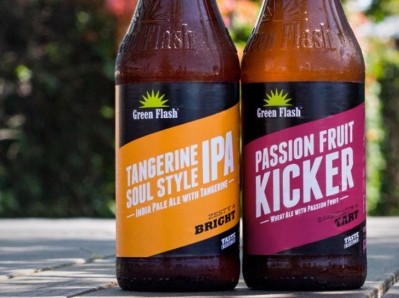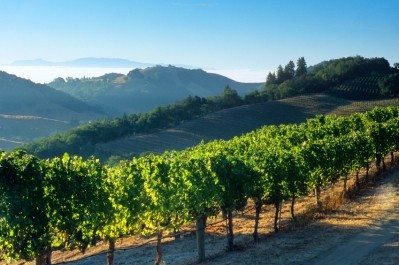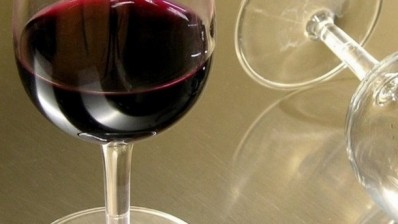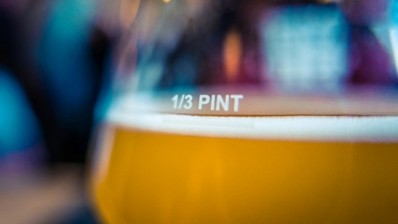Event preview: Wine Vision
Competing with craft: Is the meteoric rise of craft beer a threat to US wine?
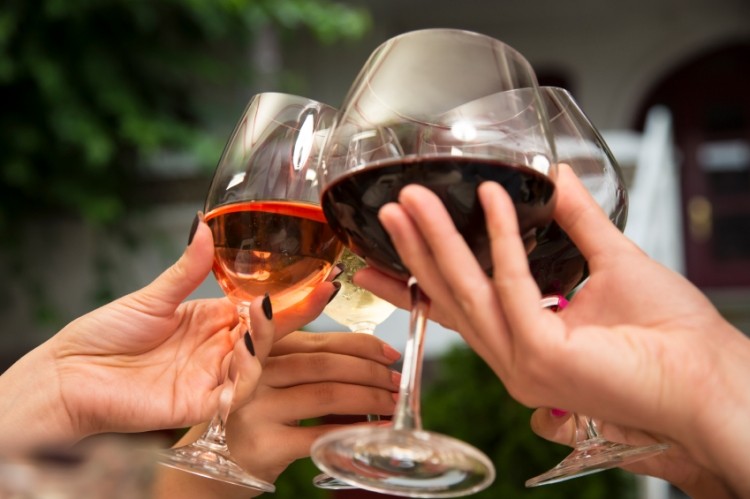
Or is there room for both drinks in a generation that prizes artisan production, variety and quality?
Christian Miller, of US-based Full Glass Research, says both wine and craft beer are benefiting from such market trends, with millennials driving demand for new varieties and styles. However, the wine industry still has a lot it could learn from craft beer, particularly when it comes to aspects such as marketing.
Miller will be speaking at Wine Vision in Bilbao next month.
Not fickle: Millennial wine consumers
Millennials account for around 30% of overall wine volumes in the US. While wine drinkers of all ages are more open to experimentation than a decade ago, millennials in particular have welcomed new varieties, styles and packaging formats, said Miller.
“They have accelerated the already existing trend towards ‘de-formalizing’ wine, but reinforced its position as a social beverage,” he said. “With this generation, there has been a clear shift in sources of information and types of drinking occasions.
“But it’s also important to realize they aren’t entirely fickle or trivial in their wine interests. They have a surprising degree of interest in traditional wine sources and disinterest in perceived pandering of certain labels and brand positions.”
Miller believes that the qualities prized by millennials bode well for both craft beer and wine.
“There is an armchair logic to the sense that craft beer must be competing with wine, yet currently both consumer and retail sales data do not make a compelling case for that - there’s no consistent negative correlation between wine and craft beer,” he said.
“It seems that both wine and craft beer continue to benefit from the market trends increasing flavor diversity and intensity and higher perceived quality.
“That said, I don’t think the wine industry has adopted much from craft beer in terms of production attitude or marketing…yet.”
Social media
Wine apps
Wine apps help consumers choose their next wine, and can offer ratings and reviews, compare prices, explain wine terminology, or find wine events. Examples include:
- Vivino (consumers can take a photo of a wine label and learn its rating, reviews and average price, supplied by a community of 12m wine drinkers)
- Wine-Searcher (the app for the price comparison website, with a database of more than 8m wines).
So how should wine brands market to millennials?
“There is not a one-size-fits-all approach,” said Miller. “It depends in part on the millennial – how old, their extent of experience and knowledge of wine, whether they are an involved consumer or an occasional drinker just experimenting with various categories.
“Wine marketers should be aware that the locations and occasions where wine is drunk and encountered are shifting in this generation - and will likely shift again as they get older.
As in other categories, social media is a good way to reach consumers – but millennials may use it differently to other generations.
“Social media is everywhere and not expensive, so of course it needs to be a part of any marketing strategy," continued Miller.
"Visuals are important – posting and reacting to images or photos is one big difference in wine-related social media use by millennials compared to their elders. App is usage much higher among millennials generally.”
Considering millennials as the next generation of wine drinkers, Miller says he is ‘cautiously optimistic’ for the industry’s future success in the US.
“I definitely see millennials engaged with food and talking about flavor and provenance. They want more variety, more entertainment in terms of flavour and story, there is a more direct connection demanded of food. Wine fits into this very well.
"But for a long time, owing to the myopia of the beer and spirits categories and the underdevelopment of other beverages, wine had a big head start in this position. Now the others are catching up.”
Challenging previous methodology with innovation
Wine Vision takes place in Bilbao, the capital of Spain’s Basque region. The event aims to challenge ‘old thinking’ with a focus on innovation, new routes to market and sustainability.
Speakers come from Taylor’s Port, New Zealand’s Invivo Wines, Sonoma County Winegrowers (US), and other wineries, organisations and industry specialists.
Christian Miller, who is consultant for Design Analysis at Wine Opinions, and proprietor of Full Glass Research, will focus on millennial wine consumers in the US industry. He has been working in marketing and market research for 20 years, and teaches the OIV wine marketing course at UC Davis.
The event takes place from December 9-11.
